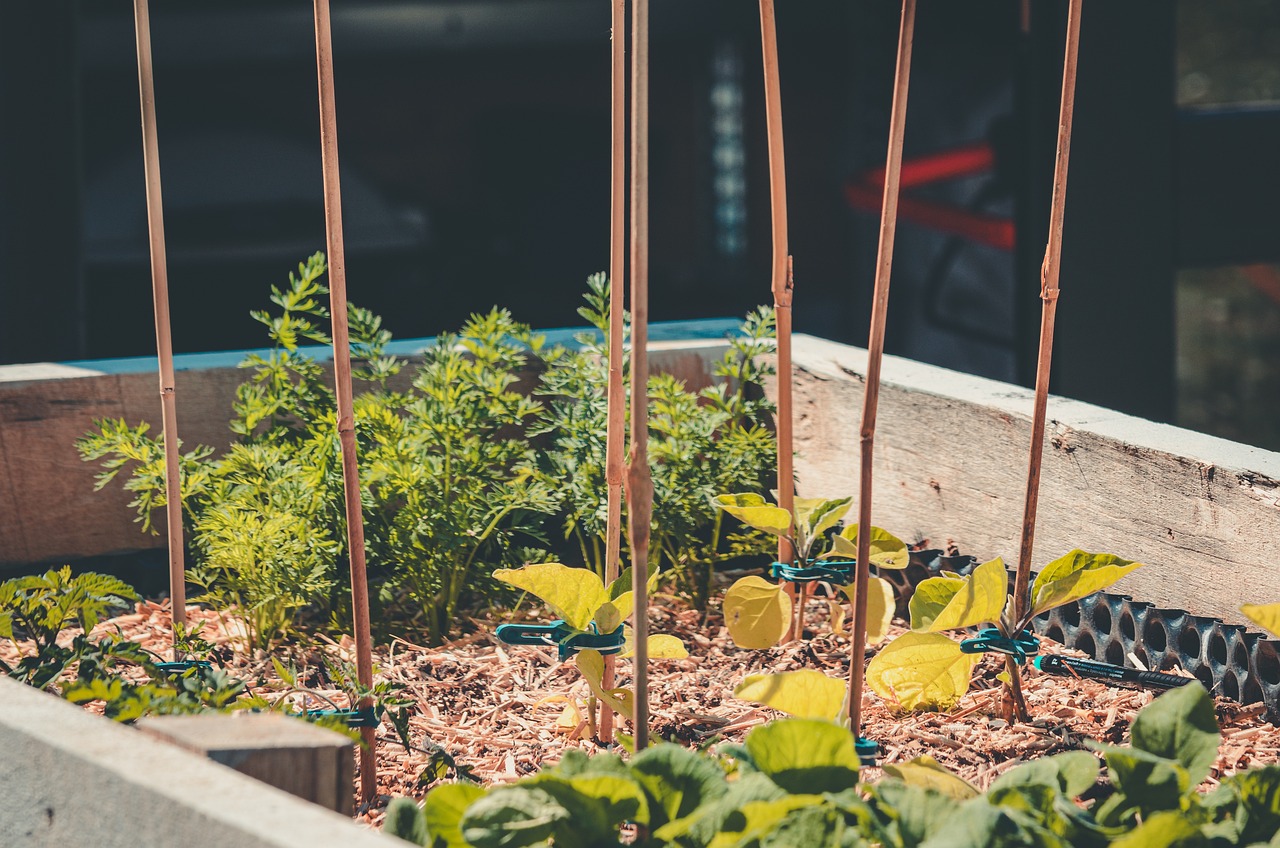
How to Build a Raised Garden Bed: A Beginner’s Guide
Building a raised garden bed can be a pleasant undertaking that can improve your gardening experience. Raised beds have various advantages, whether you are a seasoned gardener or a newbie. Let’s look at the necessary components and steps for effectively building your own raised garden bed.
Benefits of Raised Garden Beds
Raised garden beds boost your gardening game by offering greater drainage, higher soil quality, reduced soil compaction, and easier access. They can help avoid pests and weeds, making gardening less time-consuming. Furthermore, raised beds provide greater temperature control, prolonging the growth season.
Essential Tools and Materials
To build a raised garden bed, acquire the necessary tools and materials.
Tools:
- Tape measures.
- Level.
- Saw (hand saw, power saw).
- Drill with drill bits.
- Screwdriver.
- Hammer.
- Garden gloves.
Materials:
- Lumber (cedar or untreated pine are acceptable options).
- Wooden screws or nails
- Landscape fabric (optional).
- Soil mix: topsoil, compost, and organic matter.
Preparing the Site for Your Raised Garden Bed
Planning is essential before building your raised bed. Clear the area of rocks, weeds, and garbage to provide a flat surface. This will reduce drainage concerns and provide a solid base for your bed.
Choosing the Right Location
Choose a bright place that receives at least 6-8 hours of sunshine per day. Ensure that the location is level and has adequate drainage. Avoid areas with too much shade from trees or structures, as this might inhibit plant development.
Cutting the Lumber to Size
Determine the measurements of your raised garden bed. A popular size is 4 feet by 8 feet, but you can adjust it to fit your available area. Cut your lumber to the proper lengths with a saw, taking care to measure accurately for square corners.
Assembling the Frame
Assemble your frame with the cut lumber. Arrange the lengths and widths to form a rectangle. Use wood screws or nails to fix the corners, making sure they’re square. This phase is critical for creating a strong structure.
Securing the Corners for Stability
To increase stability, reinforce the corners with corner brackets or additional wooden supports. This will help prevent the bed from shifting or collapsing over time, particularly with heavy soil and plants.
Filling the Bed with Quality Soil
After assembling the structure, fill the raised bed with a high-quality soil mix. A mixture of topsoil, compost, and organic debris supplies nutrients and promotes proper drainage. Avoid using heavy soil since it may compact over time.
Adding Drainage Options
Make sure your raised bed has appropriate drainage to avoid waterlogging. To improve drainage, dig small holes in the bed’s bottom, use landscaping fabric, or add gravel at the base.
Choosing the Right Plants for Your Bed
Choose plants that will thrive in the conditions you can give. Consider your climate, sunlight, and the compatibility of various plants. Common options include tomatoes, peppers, lettuce, and herbs. Investigate companion planting to maximize space and development.
Modifications for Enhanced Functionality
Consider building caps, employing trellises for climbing plants, or installing irrigation systems. These tweaks can improve your gardening experience and help to regulate the environment for your plants.
Layout Considerations for Your Garden Bed
Plan the layout of your plants to guarantee proper spacing. Use a grid system or a staggered planting technique to increase sunshine exposure and air circulation.
Incorporating Vertical Gardening Techniques
If space is restricted, consider vertical growing options. Climbing plants like peas, cucumbers, and beans can be grown on trellises, wall planters, or hanging pots to create a more visually pleasing garden design.
Designing Your Raised Bed Aesthetically
Consider the aesthetics of your raised garden bed by selecting visually appealing wood or paint, using ornamental elements such as stones or brick borders, and situating the bed to complement your garden’s overall design.
Selecting Durable Materials
Choose high-quality materials that can withstand the elements. Untreated hardwoods, such as cedar and redwood, are naturally resistant to deterioration. Avoid treated wood, as the chemicals can leak into the soil.
FAQs
Which plants are ideal for raised beds?
Vegetables such as tomatoes, lettuce, peppers, cucumbers, carrots, and radishes make excellent raised bed plants. Herbs such as basil, parsley, and mint thrive in raised beds. You can also grow flowers like marigolds and nasturtiums to attract beneficial insects and improve aesthetics.
What depth should a raised garden bed be?
Raised garden beds should be 12 to 18 inches deep. This depth allows for appropriate root growth while maintaining proper soil and drainage. A bed on the deeper end of the spectrum is preferred for deep-rooted plants such as tomatoes and carrots.
Can I use treated wood for my raised bed?
Yes, you can use treated wood for your raised bed, but make sure to choose lumber that is safe for gardening. Look for wood that has been treated with non-toxic preservatives, such as those approved for use near food. Avoid utilizing old treated wood, which may contain toxic compounds such as arsenic.